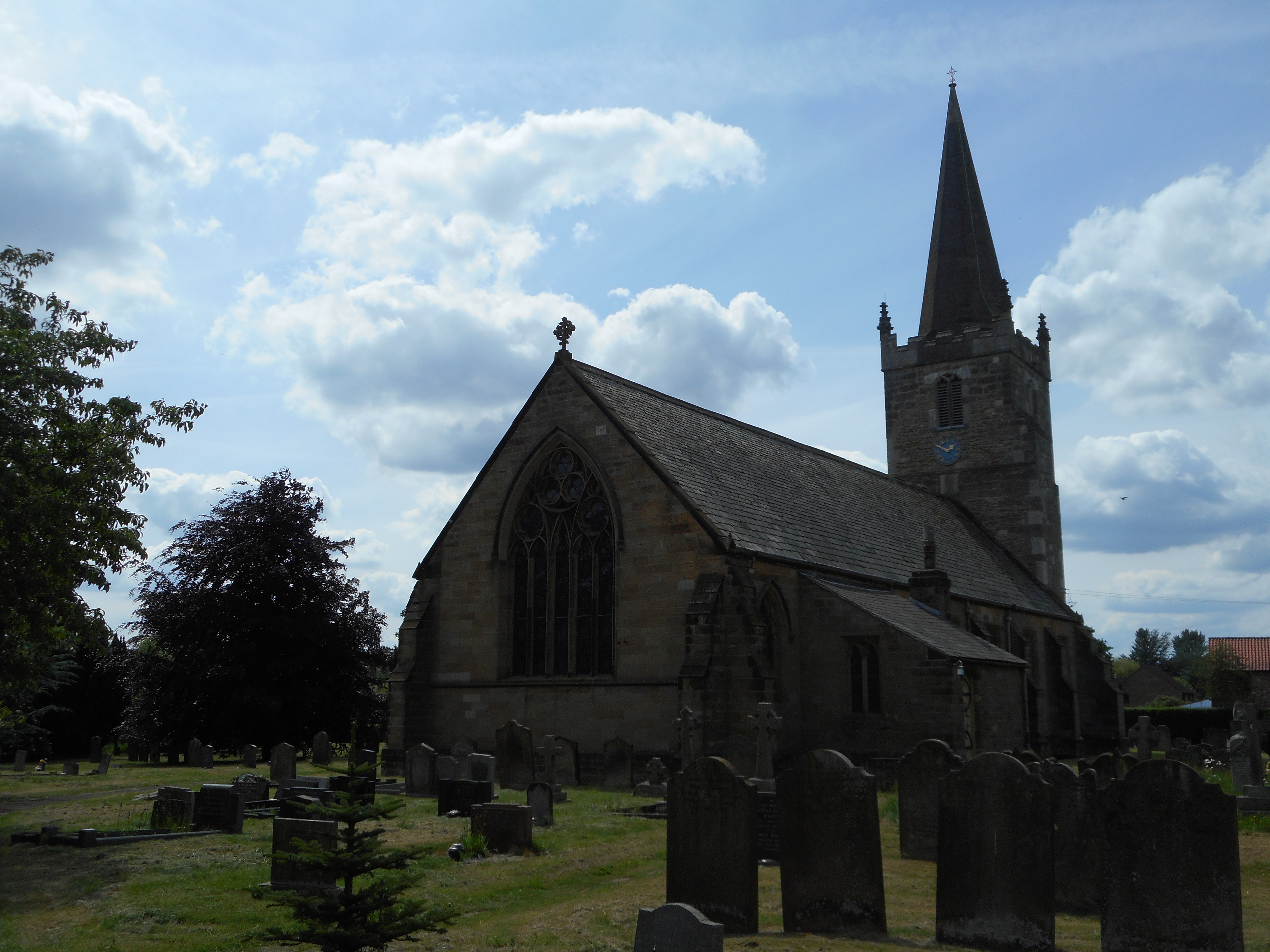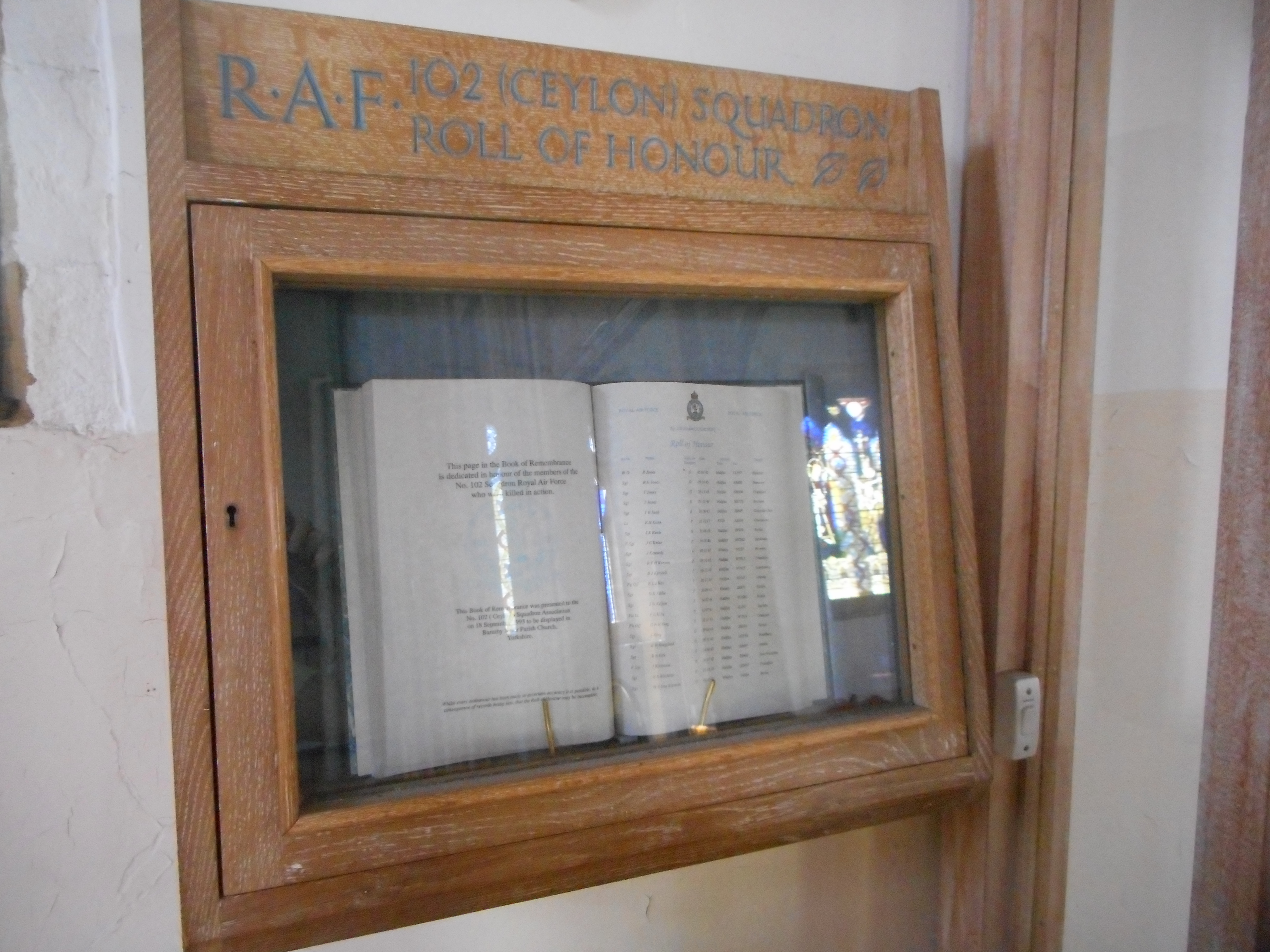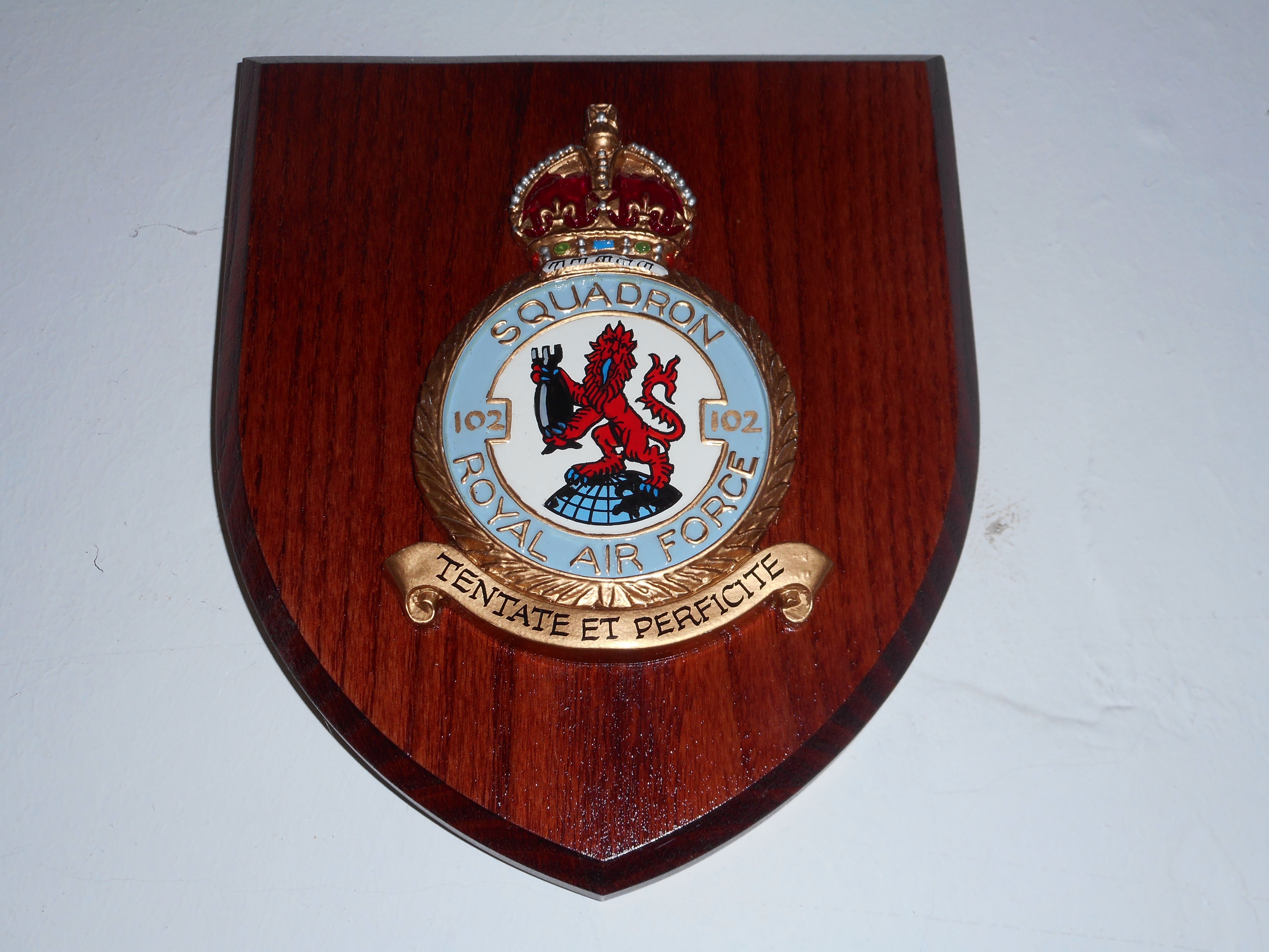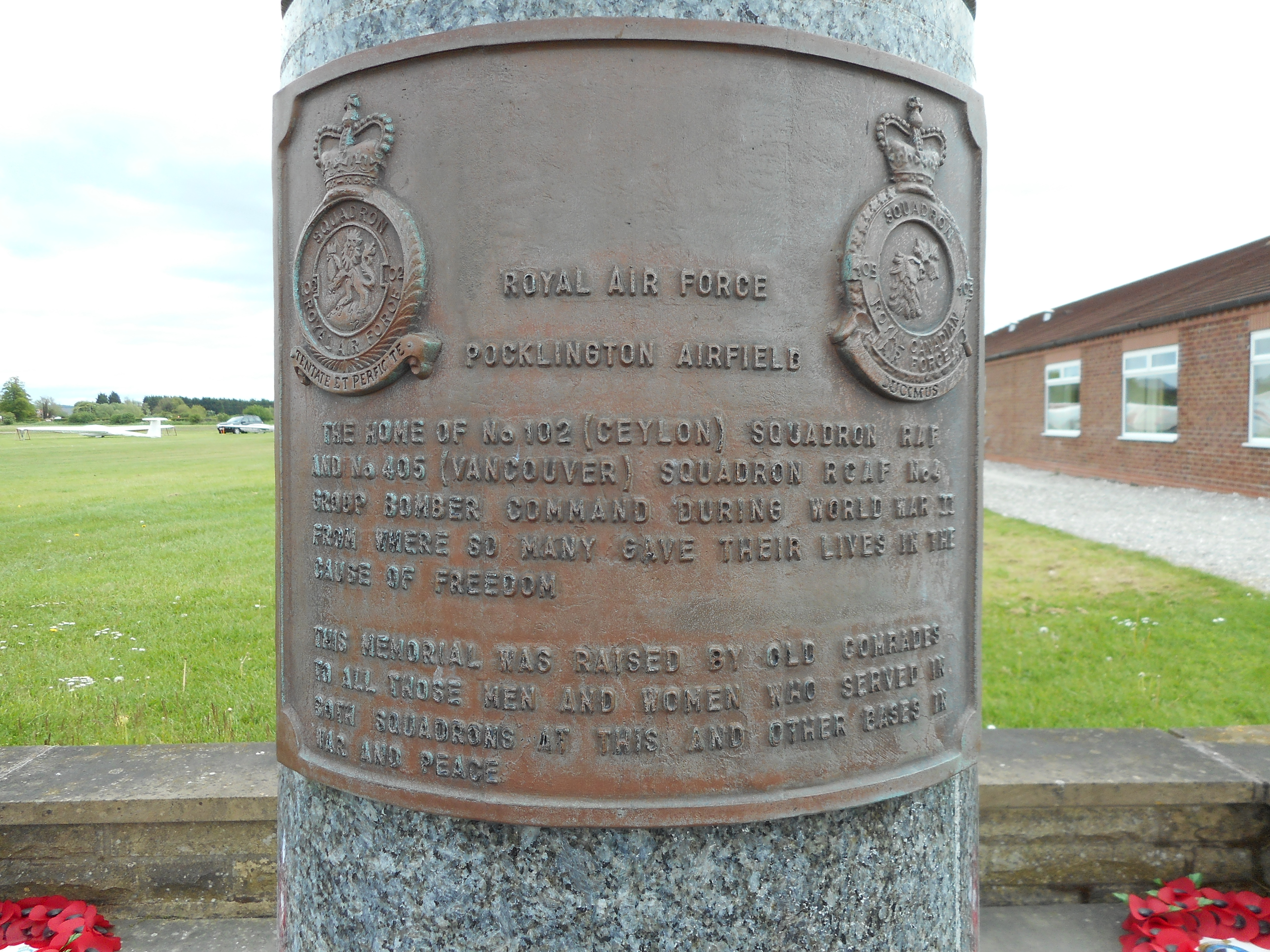| Reason for Loss |
Aircraft crashed on landing at RAF Honington, Suffolk. Two crew injured, one further uninjured. An inquest found that the pilot had misjudged his height and had not levelled out early enough and as a result struck the ground with great force. One of the survivors Pilot-Officer Lawrence MacFarlane gave the following account to the coroner: "It was very dark at the time and difficult to see the ground. I was standing up in the back. All of a sudden the ground came up at terrific speed. I braced myself for the impact. It was terrific. At the same time my jaw struck the gun-ring, which knocked me out for the moment. The next thing I knew was that the machine was going over on to its back. I realised we had crashed. I fought my way out of the wreckage and rushed to the nose of the machine to extricate my friends". Pilot-Officer MacFarlane and Aircraftsman (First Class) Ernest Marrows wore slightly injured, while a fifth member of the crew, Aircraftsman (First Class) C. A. F. Kettle escaped unhurt.
Pilot-Officer O. G. Horrigan, who was orderly officer at the time, described how he was standing outside the watch-house when he heard the plane approaching. The pilot gave the appropriate signal asking for permission to land, and then took up a proper position to do so. “The next thing I saw was the plane coming in to land with the engines not quite throttled back,” he went on, “and it soon became obvious that the aircraft was going to under-shoot. I expected the pilot to open out his engines in order to make more ground before landing, instead of which the aircraft maintained its angle of flight and flew straight into the ground about 100 yards before reaching the flare-path.”
Asked the reason for the under-shoot, the witness said it was probable that after flying for many hours the pilot had not allowed himself sufficient time in the lower altitude to enable him to adjust his judgment for landing. The fact that he did not circle the aerodrome completely would tend to make it more difficult for him to judge the distance.
Pilot-Sergt. W. C. McArthur, who was on duty as aerodrome control officer when the 'plane approached, said everything appeared to be all right until the bomber neared the ground, when there was no apparent attempt by the pilot to hold off. The machine struck the ground with terrific force and then turned straight over on its back. (précised from Bury Free Press - Saturday 25 December 1937) |





